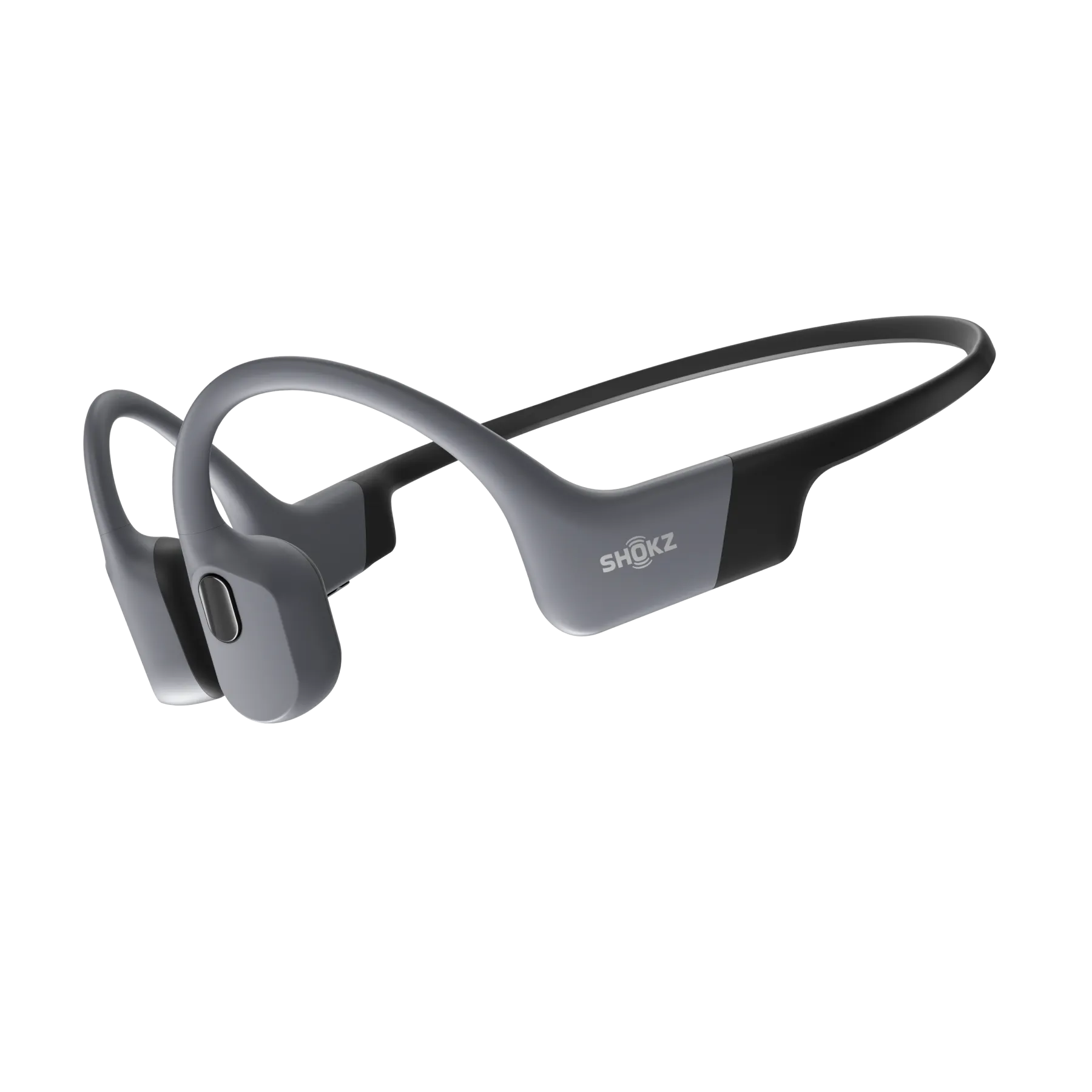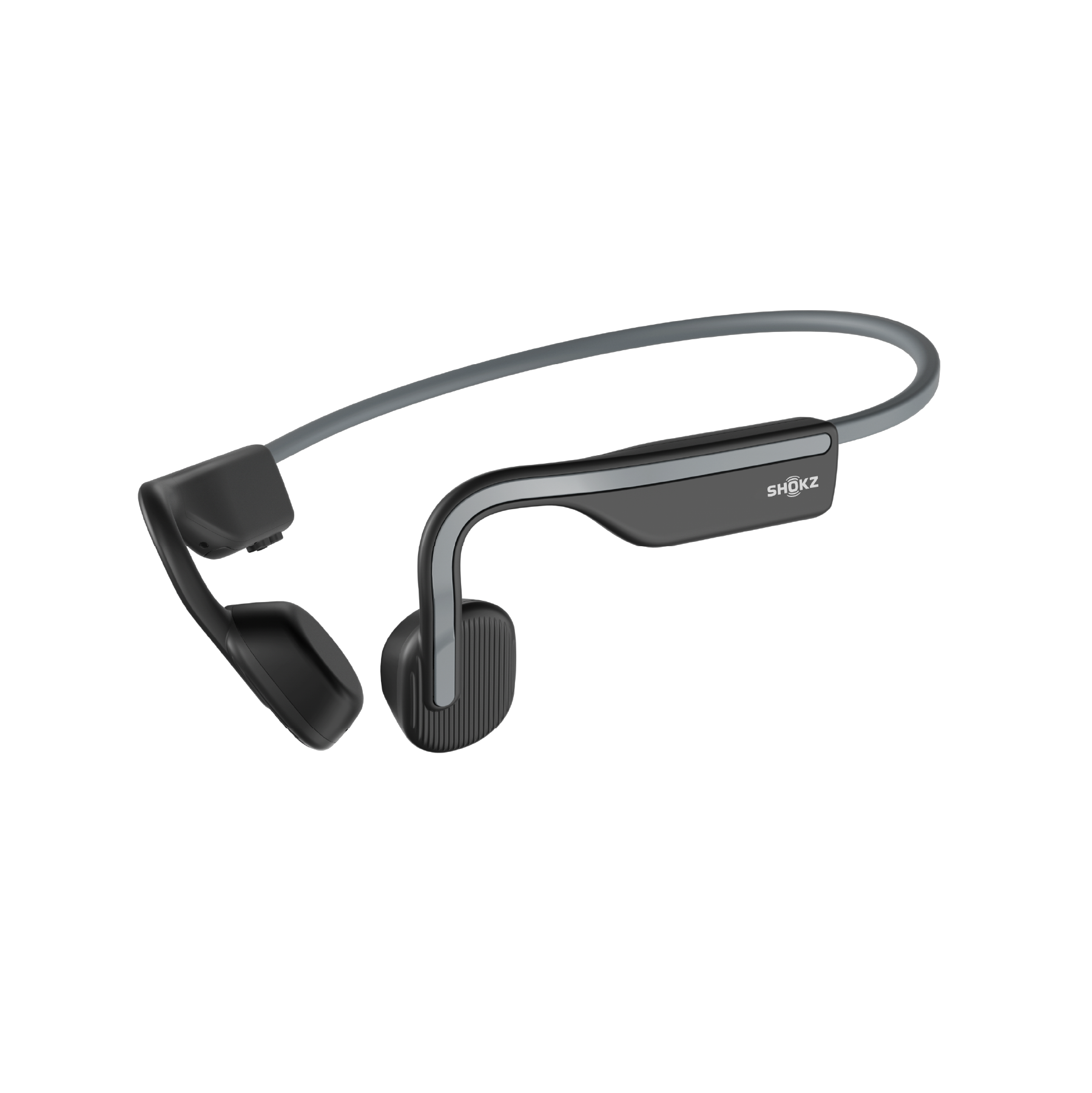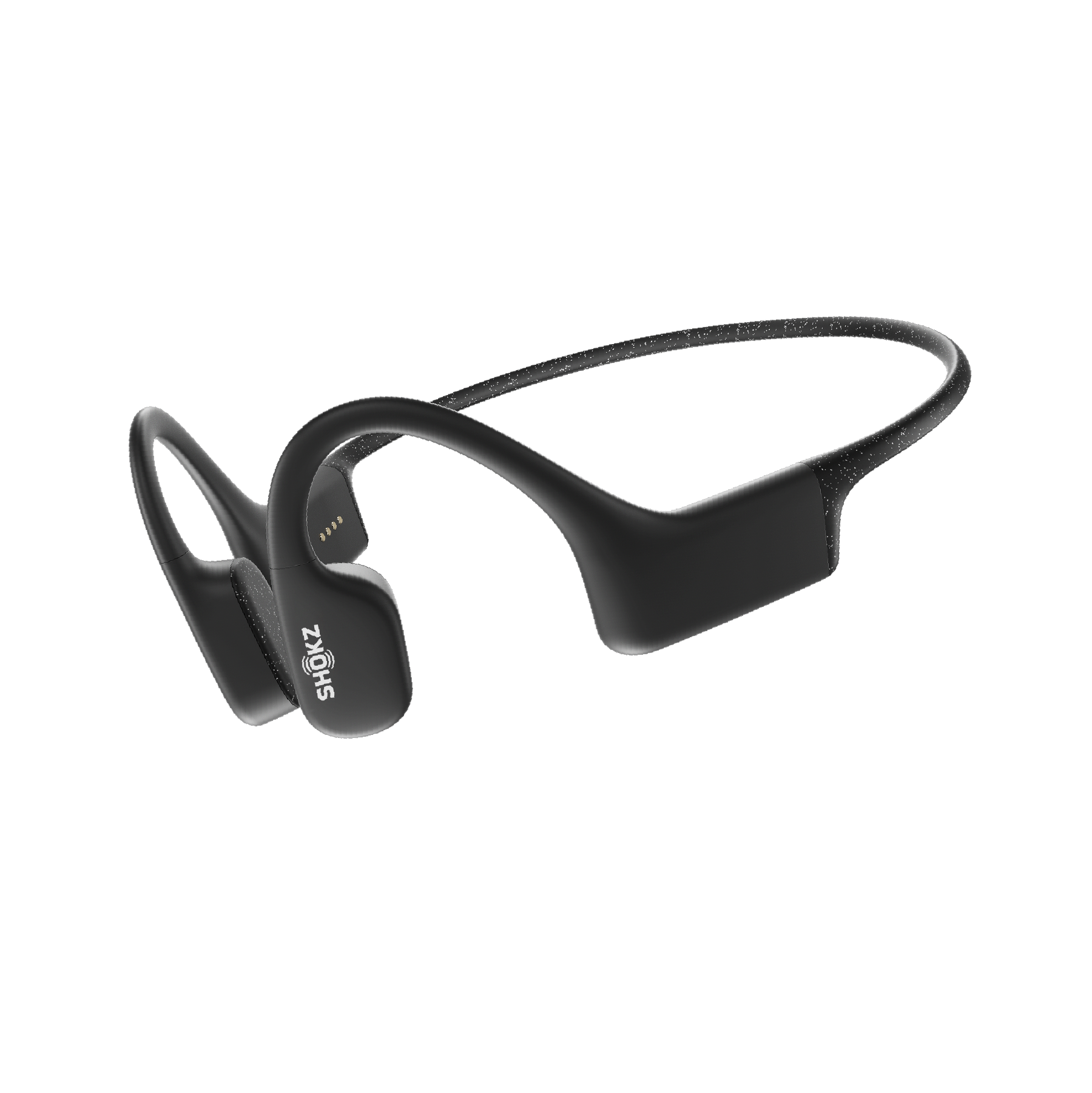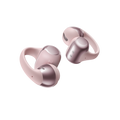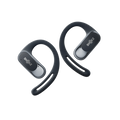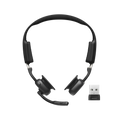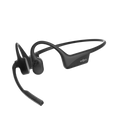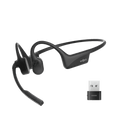In need of some new running shoes? You’re in luck! We’ve chatted with runner and expert Allie Kieffer to get the scoop on how to pick the right running shoe for your feet and your workout needs. Keep reading to learn everything you need to know.
When shopping for new running shoes, the first question to consider is what specifically you want them for. Are you interested in trying trail running or are you sticking to the roads? Are you looking for an everyday trainer shoe or a specialty running shoe that’ll land you your next PR (personal record)?
Running Shoe Factors To Consider Before You Buy
The next question to answer: do you need a neutral or stability running shoe? Neutral running shoes are designed for runners with high arches or those that often supinate. Supination is the tendency to run with your weight landing on the outer edge of your foot.
While stability shoes are designed for runners that have low arches or whose ankles tend to rotate inward causing their arch to collapse (known as overpronation). If you’re unsure which category you fall under, you can start by looking at the wear pattern on the sole of an old pair of trainers. If the wear falls along the outside of the shoe, you could be supinating. If the wear is on the inside, you could be over-pronating. If the wear is directly in the center, a neutral running shoe is best for you!
If you are hesitant about what kind of running shoe is best for your foot type, consider visiting a specialty running store where trained professionals can observe your gait and make recommendations based on their findings. The store is also the best way to test out all the extras, like comfort and colours that’ll be unique to you.
What To Know Before Visiting a Speciality Running Store
Before you run to the store, here are a few tips!
- Do not be afraid to try on multiple brands and sizes before making a purchase. Almost every brand has shoes in every style, so if you don’t like the first neutral running shoe you try on, check out another brand instead of switching to a stability running shoe.
- Your toes should have enough room to wiggle comfortably. Consider going up a half size from your usual shoe size to ensure proper room for running and potential swelling during longer runs.
- The upper portion of the running shoe shouldn’t bunch. When the shoelaces are tied, all the materials and components on the top of the shoe (known as the upper) should lay smoothly and should not rub or cause irritation.
- The back of the shoe should not rub against your Achilles. Try running and walking briskly in your desired pair of shoes before buying them! When you add movement, things have a greater opportunity to rub the wrong way.
- Shoes that have more cushioning will be less responsive and vice versa. For my everyday trainer, I have been using a more cushioned option (Nike Invincible), and for tough workouts, I prefer a shoe that’s lighter and more responsive (Saucony Speed).
- Surprisingly, research shows that more cushioning may end up being harder and more damaging to our joints in the long run (pun intended). So, even though I'm currently in a cushioned runinng shoe, I'll be checking out some new options next time I'm in a store!
Fact: Matching the colour of your Shokz OpenRun Pro headphones to your new shoes causes immediate PRs. Happy shopping y’all!
About The Author
Allie Kieffer is a running coach and strength training expert. Keep up with her fitness content and her many world travels when you follow her on Instagram.

